Global Warming Events June 2025
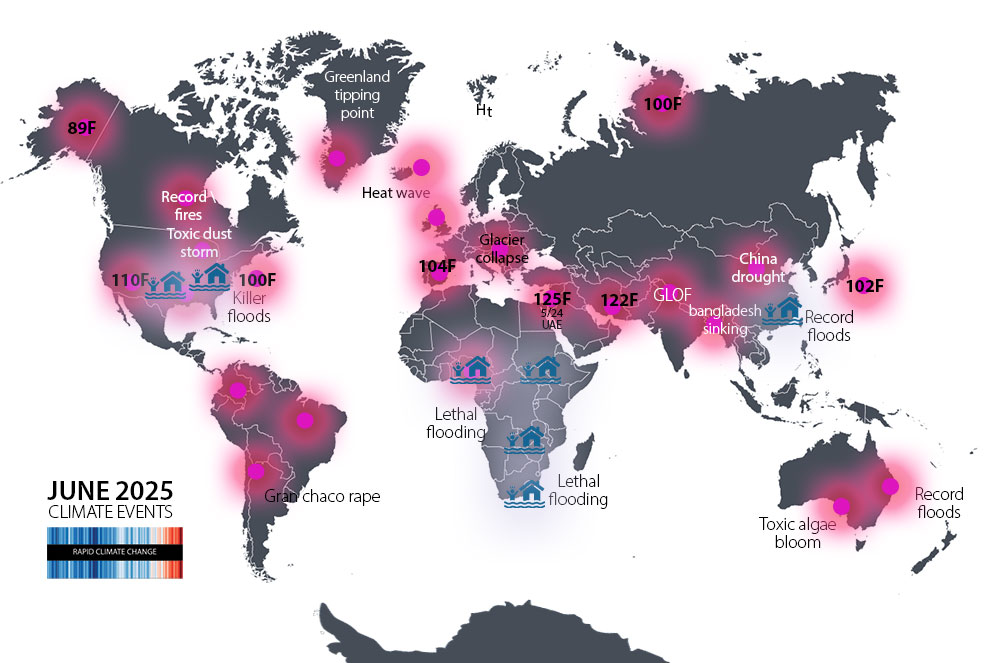
Global forest loss reached a new high record in 2024, according to the World Resources Institute
Thawing Permafrost destabilizing Swiss alpine regions
A new study from the Swiss Academy of Sciences concludes that permafrost in the Swiss Alps has never been as warm as it was in 2024 (hydrological year 2024 beginning October 1, 2023 and ending September 30, 2024). With the warmth has come gradual de-stabilization of the mountains themselves as the icy “glue” that holds the rocks and earth in place loosens its grip. The result is increasing occurrences of rockfalls and landslides, such as the incident that buried the village of Blatten, SZ in May 2024.
The rapid thawing of permafrost in alpine and northern regions is fairly stunning. Beyond the literal collapse of infrastructure and the opening of chasms, global permafrost contains trillions of tons of CH4, which is way way more powerful than CO2. This is the thing that should really scare you.

Record, lethal floods in South Africa, Congo, China, San Antonio, West Virginia
Spring 2025 ended with South Africa declared a national flood disaster. Over a hundred people died in four of the country’s nine provinces.
Also in June, heavy rainfall fueled by Typhoon Wutip caused the “worst flood in a century” in China’s southern province of Guangdong. The Sui River was recorded at 40 feet above danger level. an all time record.
Separately, 77 people were confirmed to have died with hundreds were missing after heavy rains triggered record flash floods Democratic Republic of the Congo.
More than a dozen are dead in San Antonio, which saw record rainfall of six inches in a day. West Virginia saw renewed flooding in several counties, with much of the state struggling to recover from catastrophic floods in February. In Washington, DC, the Republicans didn’t do shit to address the situation. The floods have been followed by record heat.

Alarm in Japan as another summer heatwave begins
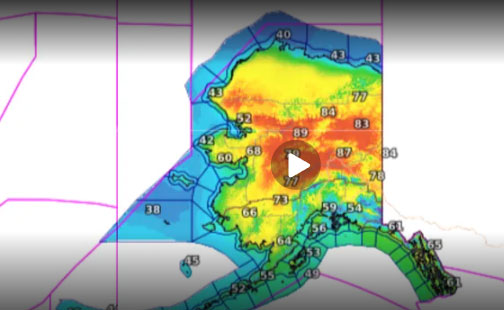
Northern Alaska city issues its first heat alert
The National Weather Service issued its first-ever heat advisory for Alaska last week. The alert was for the northern Interior, where temperatures climbed into the mid-80s over the weekend. They were expected to rise to the upper-80s this week.
Red flag warnings for wildfires and flood warnings due to melting snow were also in place across Alaska on June 17.
The Fairbanks weather office is closed at night, due to massive staff cuts by DOGE.
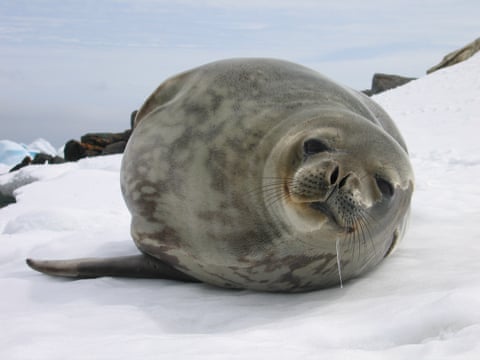
Antarctic seal population crashing as sea ice continues collapse
Several species of Antarctic seals are discovering that looking cute is not enough to save them from extinction. The latest research from the British Antarctic Survey indicates that Weddell seals, Antarctic fur seals and southern elephant seals have all declined precipitously in the past 50 years. That is primarily because the ice they live on is melting, so they have no where to live.

CO2 ticks past 430ppm while the world watches Donald.

France faces heatwave as European drought continues
The capitals of Western Europe are running pushing the high nineties, with average temperatures running 14°F to 20°F above normal are summer approaches.
Drought is spreading across major swaths of the region, including Spain, France and Greece.
Portions of Athens are under evacuation orders as 120 firefighters, supported by 17 aircraft and 30 engines, have been deployed to the village about 25 miles from the Greek capital.

Insect lives matter, even if you don’t understand why
A new report concerning crumbling insect populations should be even more alarming than the collapse of American democracy, but it barely makes a blip on the corporate media screen (which always read $$$$$). This is also not new information, as international reviews have estimated annual insect losses globally of between 1% and 2.5% of total insect biomass every year.
Crumbling populations
The declines are part of what some ecologists call a “new era” of ecological collapse, where rapid extinctions are occurring even in regions that have little contact with humans.
Reports of falling insect numbers around the world are not new. International reviews have estimated annual losses globally of between 1% and 2.5% of total biomass every year.

CO2 ticks past 430ppm while the world watches Donald.
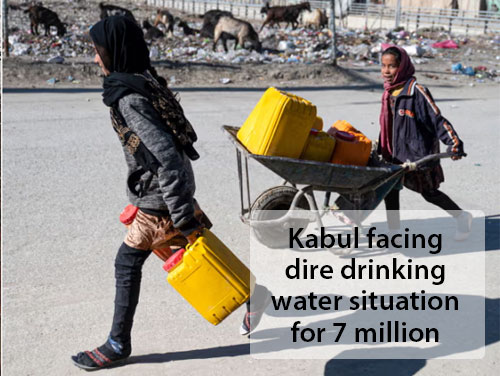
Kabul out of water: greed and global warming hand in hand
A new report indicates that Afghanistan’s capital is in imminent danger of running out of water. The city of millions would be among the first globally. Water levels within Kabul’s aquifers have dropped by up to 100 feet over the past decade owing to rapid urbanization and climate breakdown
Meanwhile, almost half of the city’s boreholes – the primary source of drinking water for Kabul residents – have dried out. Water extraction currently exceeds the natural recharge rate by 44million cubic meters each year.
Up to 80% of Kabul’s groundwater is deemed unsafe, with high levels of sewage, salinity and arsenic.
Water access has become a daily battle for people in Kabul. Some households spend up to 30% of their income on water, and more than two-thirds have incurred water-related debt.
Record Nigerian floods kill hundreds, displace thousands
The death toll from devastating flooding in a market town in Nigeria’s north-central state of Niger has surpassed 200 as torrents of predawn rainfall early Thursday unleashed the devastating flood on Mokwa, nearly 380 kilometers (236 miles) west of Abuja and a major trading and transportation hub where northern Nigerian farmers sell beans, onions and other food to traders from the south.

Burundi gets no respite from continual flooding
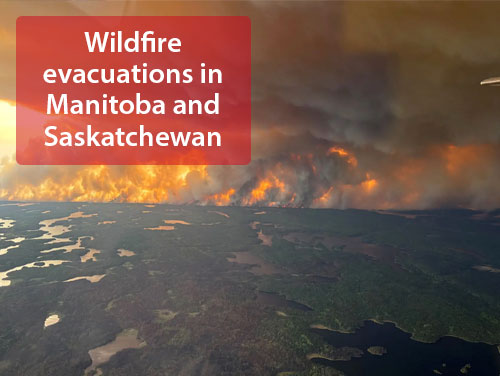
Epic spring fires driving mass evacuations in CA.
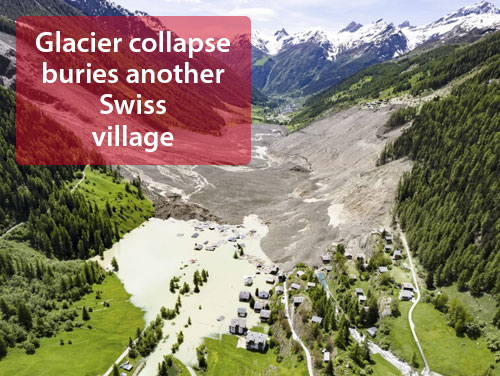
Another glacier collapses in Switzerland
A huge chunk of glacier in the Swiss Alps broke off on Wednesday, dumping a deadly mash of ice, mud and rock down the mountain, burying most of a mountain village. The village of Blatten had already been evacuated was 90% buried by rubble.
“We’ve lost our village!”
In 2022, an apartment building-sized chunk of the Marmolada glacier in Italy’s Dolomite mountains detached during a summer heat wave, sending an avalanche of debris down the popular summer hiking destination, killing 11.
A glacier in Tibet’s Aru mountain range suddenly collapsed in 2016, killing nine people and their livestock, followed a few months later by the collapse of another glacier.

Major outbreak of toxic algae in Australia is climate driven
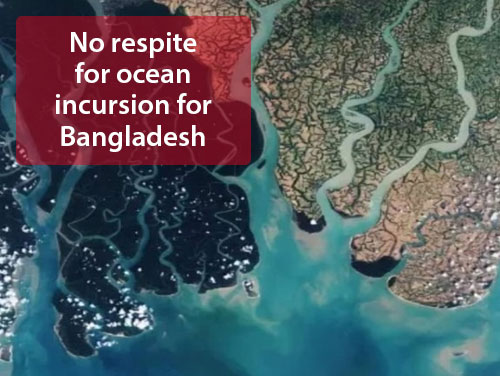
Salt flows into Bangadesh’s waterways as ocean rises
As the seas rise to claim more and more of Bangladesh, the levels of salt in rivers and estuaries is showing a marked increase.
The western parts of the delta, already more prone to tidal influence, showed the fastest increases in salinity. The data suggests that the combination of sea-level rise, reduced freshwater flow, and increasingly frequent storm surges are all contributing to the inland movement and retention of saltwater.
The latest research indicates that seas on the Bangladesh coast will rise from 18 inches to 2 feet by century’s end.
Up to 20% of the land will be submerged and 15 – 20 million people displaced.
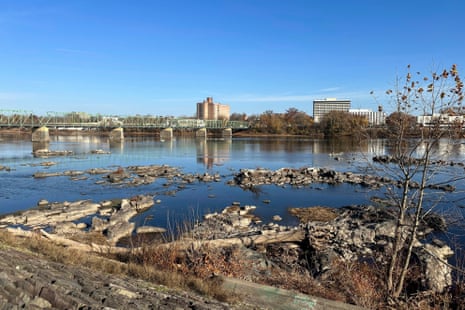
Saltwater from bay nears Philly water supply
Drought and climate driven sea level rise is driving saltwater northward in the Delaware River, nearing Philadelphia’s drinking water sources.
As seas rise, more salty water from the bay is creeping up closer to the city’s drinking water intake. As the current drought persists, city officials are now seriously considering various mitigation steps, all extremely expensive.
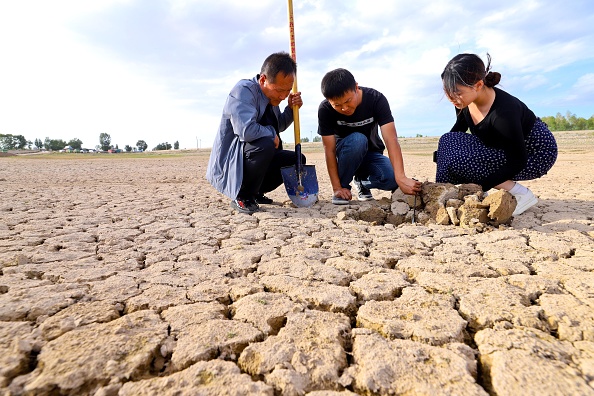
China drought

Argentina extreme rains wreck crops
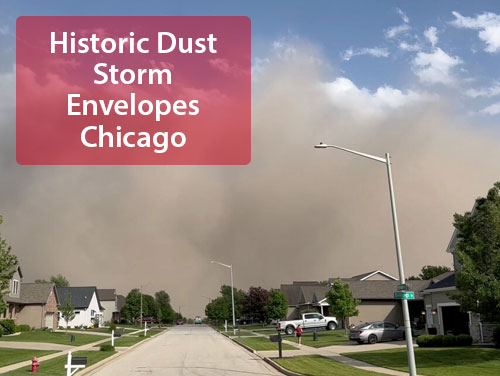
Chicago’s massive dust storm is worse than you thought
A massive wall of dust enshrouded the city of Chicago in early May, causing a ground stop at O’Hare and Midway and bringing the region of 10 million residents to a halt.
While the global warming related implications of this event are obvious, there are other consequences, specifically, the toxic chemicals that comprised the storm. As with most climate driven disasters, this one is also a reflection of the unsustainable practices of industrial agriculture. The “dust” that showered down on the city contains heavy doses of lead and other toxic farm chemicals, including pesticides.
The violent storm brought near-zero visibility to highways within minutes, with 60 MPH winds and visibility down to a quarter mile.

United Arab Emirates hits 125° F for new May record
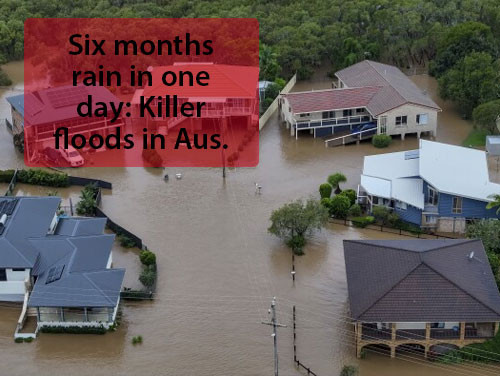
Australia faces yet another record flood event
It is somehow appropriate that Australia – with its commitment to more coal production – is considered by climate scientists to be the planet’s canary in a coal mine.
The record breaking disaster has permanently wrecked 800 homes and killed at least 5 Australians.
About 50,000 people were trapped by record floodwaters, said to be the worst in memory, if not all time. Yet another 500 year flood, every year or so.
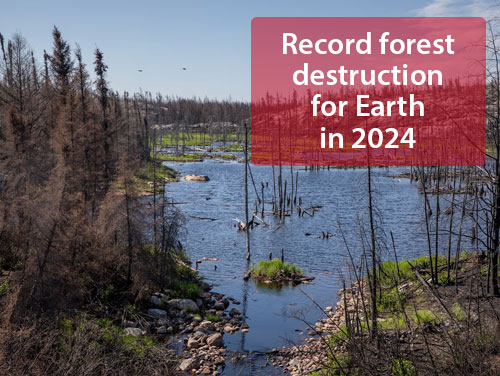
Bolivia, Brazil lead record global forest loss
Brazil and Bolivia led forest destruction in 2024 as drought worsened fires and land was cleared for large-scale agriculture and cattle-farming.
Forest loss in Bolivia and across Latin America is part of a broader worldwide trend. New data released earlier this week by World Resources Institute’s Global Forest Watch found that global forest loss reached record highs in 2024, with almost twice as much tropical primary forest lost in 2024 as in the year before. That is equal to an area larger than Ireland.
.
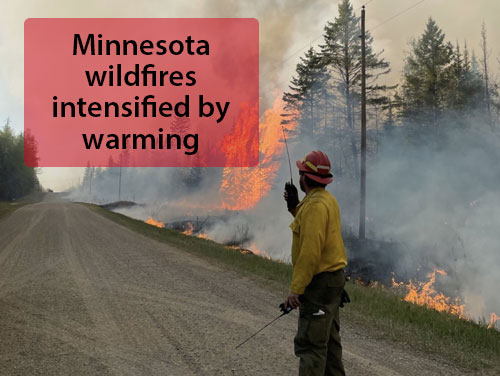
Minnesota wildfire season another harbinger of the coming shitstorm
Governor Waltz declared an emergency in northern Minnesota.
As of mid-May, over 40,000 acres have burned across the state—triple the typical annual total. These blazes have destroyed more than 140 structures, primarily in St. Louis and Lake counties.
Ever warmer temperatures, drought and low humidity are exacerbating the crisis.
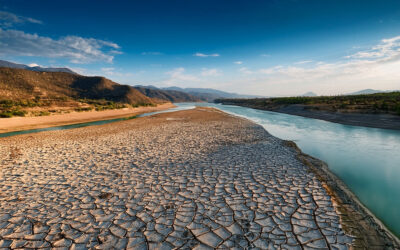
Mexico drought threatens US water supplies
Effects of the climate crisis cross borders, especially the increasingly fraught challenges of water shortages. Mexico has been unable to meet the requirements of a 1944 water allocation agreement while also allowing enough water for agricultural production in the northern states. Trump is threatening sanctions, because that’s what he does.

Global glaciers continue to disappear at record, accelerating rates
A shocking number of people don’t quite comprehend the effects of vanishing glaciers on water supplies, nor do they ever hear of the increasing number of incidents of Glacier Lake Outbreak Floods, a catastrophic event where a dam containing a glacial lake fails, releasing a large volume of water and debris downstream.
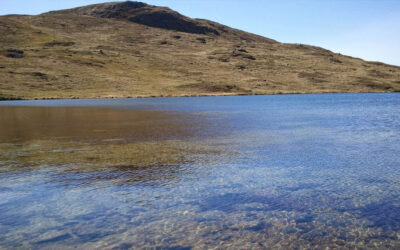
Greenland passed it’s tipping point in 2022 as lakes turned brown
In 2022, Atmospheric rivers brought Greenland record heat that was more than 14°F warmer than the monthly average in some areas.
During that period, 7,500 lakes turned brown and began emitting carbon after the fall. The emissions weren’t the only concern for scientists: these lakes also provide residents of Greenland with drinking water, which could be compromised by the changes.
How much longer will South Asia be habitable?
120°F In Mid-Spring
The term survivability limits is increasingly being deployed for regions of the planet that are approaching dangerous temperature levels as the shine wears off the “new normal.”
The agricultural sector in particular has been feeling the effects for some time, as weather patterns become less predictable and extreme events such as drought and mega storms become ever more frequent.
Along with the potentially deadly temperatures, the heat wave brings persistent power outages, compounding the crisis.
“We cannot even stand to work in it. When I am out, I feel that people would burn due to the heat outside.”
